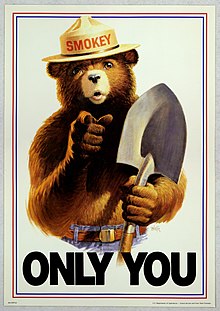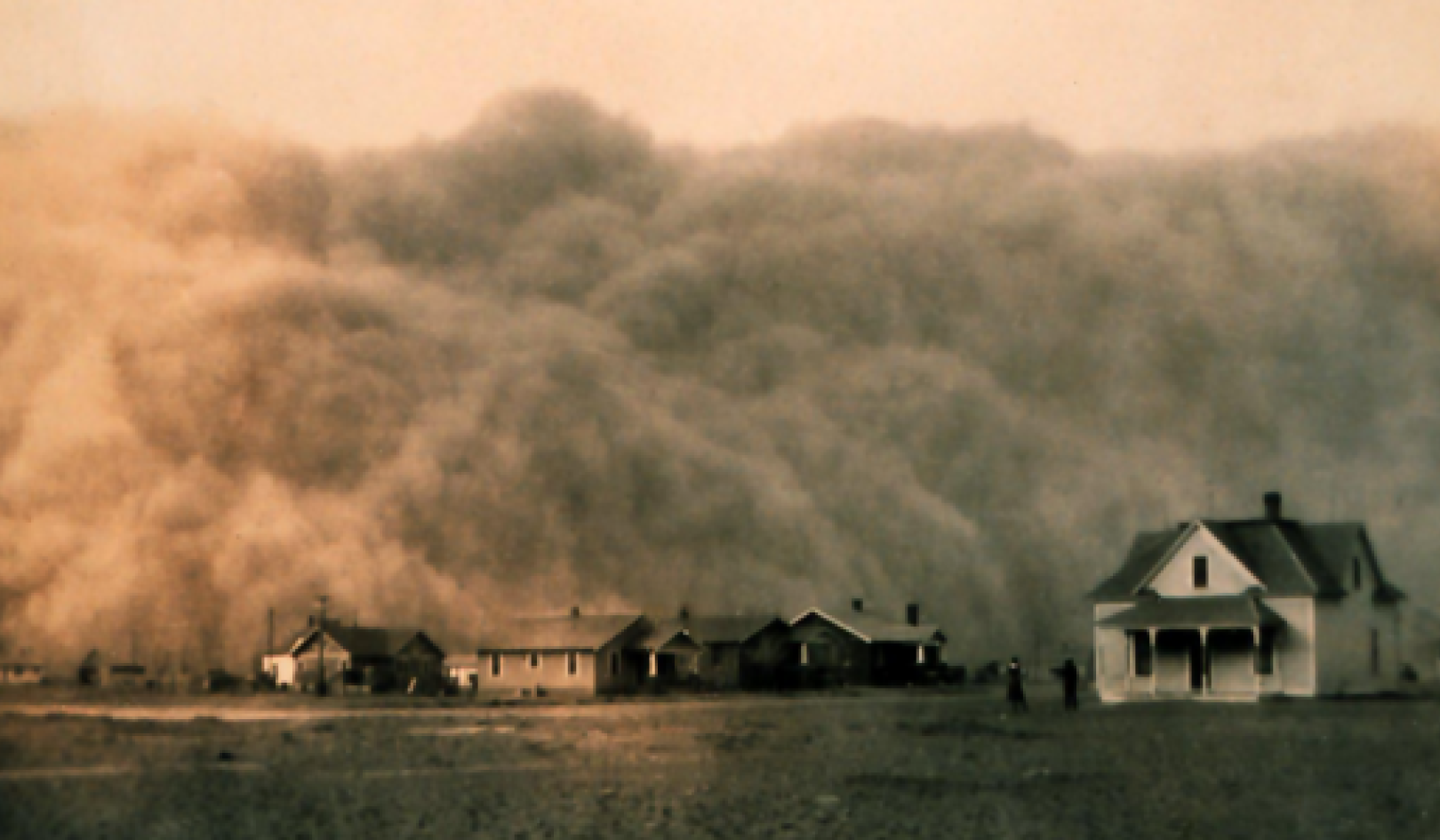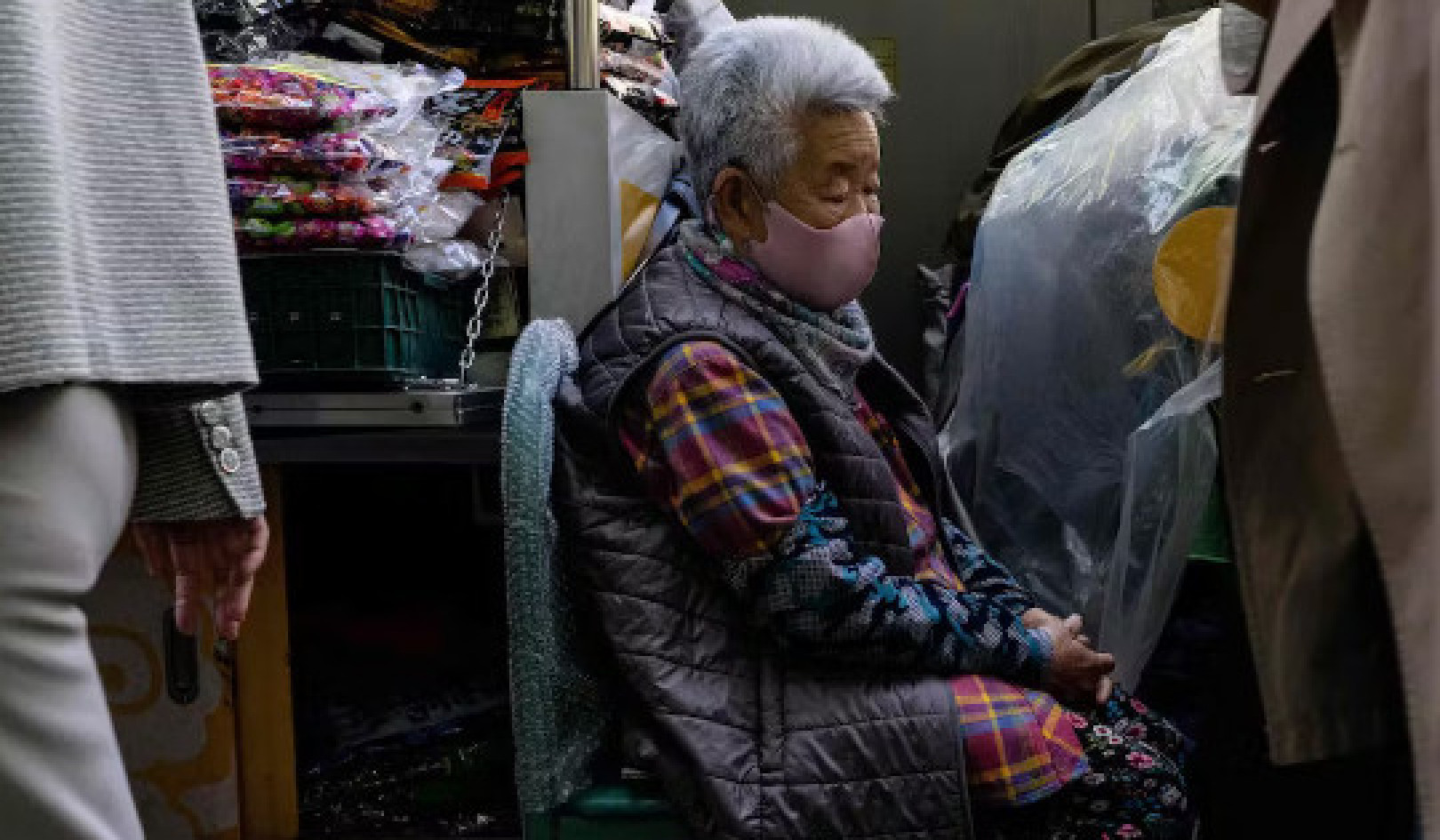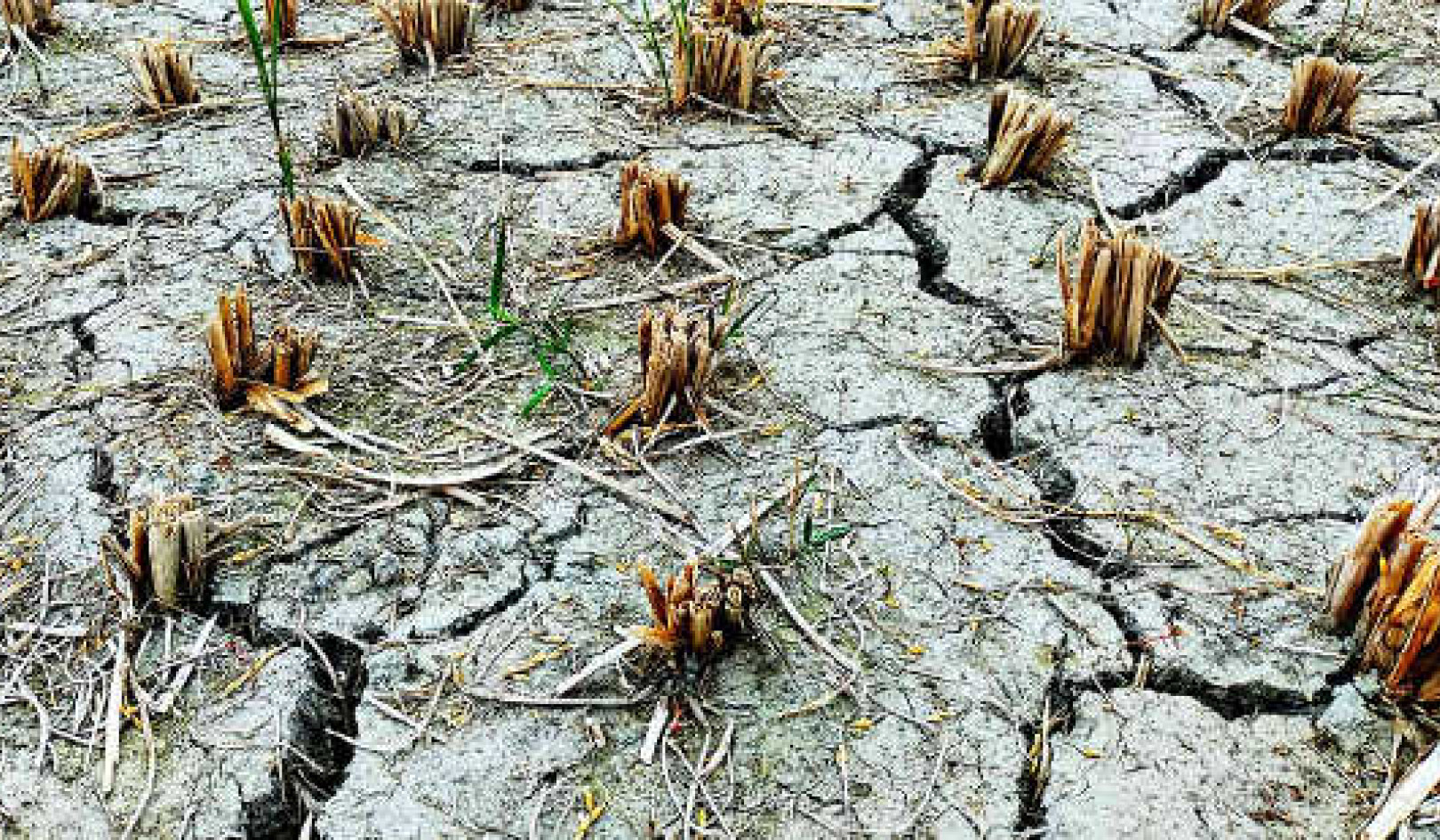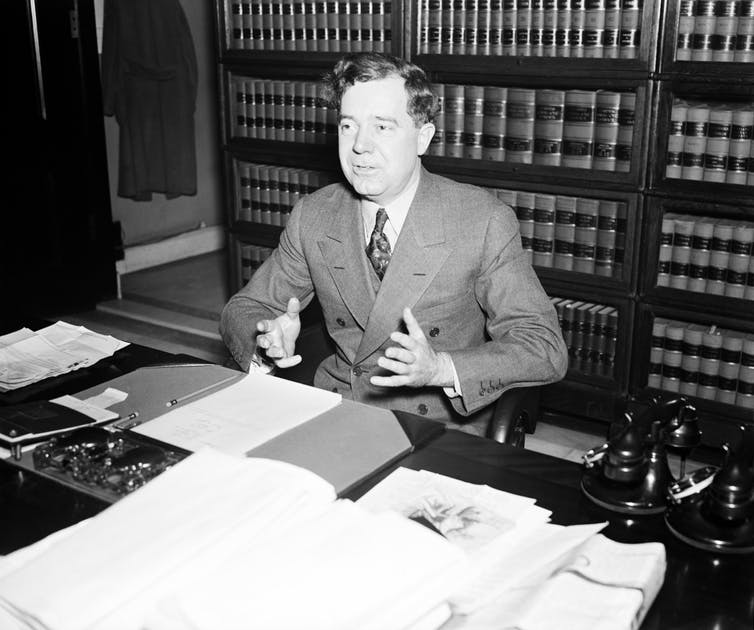 Senator Huey Long at the Capitol in 1935. Everett Historical/Shutterstock.com
Senator Huey Long at the Capitol in 1935. Everett Historical/Shutterstock.com
In the run-up to its January 14, 2020 debate in Des Moines, Iowa, the Democratic National Committee called on private polling firms to conduct more polls.
To make it to the debate stage in Des Moines, Iowa, on Jan. 14, candidates needed 5% support in four qualifying national polls or 7% in two early state polls. In part because of lack of polling, candidate Andrew Yang will be left out. Candidate Cory Booker was also in line to be left out, but he ended his campaign the day before the debate.
Nowadays horse race presidential polls – in which candidates’ current electoral prospects are estimated scientifically – are expected as a regular part of election coverage.
But the very first scientific horse race poll, which was conducted by the Democratic National Committee 85 years ago, was shrouded in secrecy and may have changed history – even though it was faulty.
A look back to the 1930s
In the spring of 1935, President Franklin D. Roosevelt was worried about his reelection.
He was especially concerned about Louisiana Sen. Huey Long, who had created a Share Our Wealth organization, purportedly with 7 million members. It promoted a program so radical – extremely high taxes on the rich and stipends for all Americans – that these days it would make Elizabeth Warren seem like a Republican and Andrew Yang’s Freedom Dividend look cheap. I examine Long’s program and Roosevelt’s New Deal in my books “Bold Relief” and “When Movements Matter.”
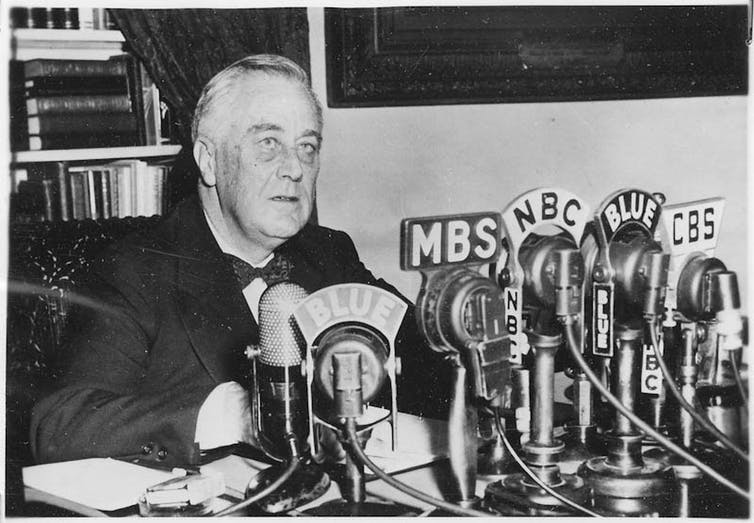 Roosevelt gives an address. The FDR Library, CC BY-SA
Roosevelt gives an address. The FDR Library, CC BY-SA
Long gained a national following, and “Candidate Long” appeared on the April 1 cover of Time. Long also ruled his state’s government with semi-dictatorial might, once deploying the National Guard to attempt to steal a New Orleans mayoral contest.
Though a Democrat, Long planned to run against Roosevelt as an independent. Long hoped to attract the followers of Father Charles Coughlin, the “radio priest” and Roosevelt critic who commanded 10 million listeners, and Dr. Francis Townsend of Long Beach, California, whose Townsend Clubs demanded generous old-age pensions on behalf of 2 million members.
Huey Long had a long-range scheme
Sen. Long had no illusions that he would beat Roosevelt in 1936, but he was playing a longer game.
His plan was to siphon enough votes from the left that Roosevelt would lose to the Republican nominee, whom most thought would be former president Herbert Hoover. Then Hoover would so foul up the economy that the Democrats and the electorate would have to turn to Long in 1940.
Long wrote a book entitled “My First Days in the White House,” in which he described how his election would quickly lead to redistribution. But others feared that a President Long might also dispense with further elections, which had happened recently in Germany and was anticipated in Sinclair Lewis’ 1935 novel “It Can’t Happen Here.”
A secretive polling method was devised
In April, Democratic National Committee chief and Roosevelt campaign manager James Farley sought help from Emil Hurja. A private stock analyst and self-taught pollster, Hurja had done some polling for Farley regarding the 1934 congressional elections. Now Farley wanted his pollster to ascertain Long’s potential as a spoiler.
Hurja devised sample ballot postcards asking whom the public would support in the upcoming election: President Roosevelt, an unnamed “Republican Candidate” or Senator Long.
To secure responses, Hurja pretended that a fictional crusading magazine, the then-nonexistent National Inquirer, sought to identify public opinion and transmit it to policymakers for immediate action. Hurja drew his sample from telephone listings and government “relief” rolls, and on April 30, 1935, he mailed out the first of an astounding number of ballots: 150,000.
The sample ballot postcards had prepaid postage; Farley was, helpfully, also postmaster general. Over the next several weeks, 31,000 postcards were returned. The totals were more than 10 times the typical national poll, as Hurja wanted valid results for each state. The cards took so long to roll in that the actual racehorse Omaha had enough time to win the two legs of the Triple Crown.
Results came in and dismay ensued
The results were shocking to Farley.
Hurja’s estimates gave Roosevelt 49% of the popular vote, with the Republican at 43% and Long at 7%. The Electoral College totals were tight. Roosevelt was winning only by a slim 79-vote margin.
According to Hurja’s analysis, Long’s presence on the ballot would tip 122 electoral votes and several key states to the Republican. A swing of a few percentage points away from Roosevelt would flip the election, similar to how Donald Trump won the Electoral College while losing the popular vote in 2016.
Roosevelt quickly tacked left in policy. He was already demanding the passage of the Social Security Act and a bill protecting the collective bargaining rights of unions.
But on June 19, 1935, Roosevelt suddenly also called for “soak-the-rich” legislation. It would tax extremely high incomes at a stiff rate, raise inheritance taxes and tax undistributed corporate dividends.
The legislation was not designed to yield much revenue, but, as historian Arthur Schlesinger Jr. would later write, was designed to “steal Long’s thunder.”
Farley’s own poll was better
But the first horse race poll’s premises were faulty, and its results dubious.
Not naming a specific candidate inflated the Republican’s totals. Worse, Hurja completely discounted the ballots of the relief recipients, who were numerous and sharply in favor of Roosevelt, whereas richer Americans overall opposed him.
Also, only the richest 40% of Americans had phones. In addition, experience has since has shown that third-party candidates do much better in polls than in elections.
Not to mention that polls that far away from the general election have to be taken with, as data analyst Nate Silver puts it, “tablespoons of salt.” In any case, naming specific candidates and using a better likely voter model would have shown Roosevelt to be way ahead.
Farley had his doubts about this newfangled polling and relied on a different type of survey. He wrote to Democratic committeemen around the country and asked them how the election was shaping up in their districts. Using their reports, Farley correctly predicted that Roosevelt’s ultimate Republican opponent, Gov. Alf Landon of Kansas, would win only two states.
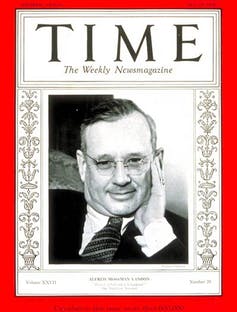 Alf Landon got the cover of Time but not the presidency. Wikipedia
Alf Landon got the cover of Time but not the presidency. Wikipedia
Roosevelt’s “Second New Deal” deflated his critics. That summer, Long was assassinated. Father Coughlin, Dr. Townsend and Long’s successor, Gerald L. K. Smith, rallied around the independent candidate William Lemke, but his Union Party ticket attracted less than a million votes.
The first horse race poll helped to change U.S. policy at a critical moment, but may have also helped to discredit this sort of intelligence gathering by presidents. Farley dropped Hurja in 1937, and not until the 1960 election of John F. Kennedy were pollsters routinely employed again by the White House.
And today, when presidents or campaigns poll, they seem more concerned with questions regarding how to frame policies they already support than with responding to the concerns of the public.
Polling yesterday and today
This century began with so much polling that many polling aggregators, led by Silver at fivethirtyeight.com and RealClear Politics, have become news staples.
Despite mainly mistakenly calling the 2016 presidential race for Hillary Clinton as well as declining response rates, electoral polls, once weighted properly and aggregated, remain largely accurate. But, partly because of the success of aggregators, the individual results of private pollsters no longer command headlines. With private pollsters having lost this sort of free advertising, they have scaled back.
As with other aspects of important news-gathering, it may be time for others to step in -— including the Democratic National Committee, the pioneer in the field -— to fill the gap before the next debate.
And this time, the DNC could hire pollsters with better methods.
About The Author
Edwin Amenta, Professor of Sociology, University of California, Irvine
This article is republished from The Conversation under a Creative Commons license. Read the original article.
Remember Your Future
on the 3rd of November
Learn about the issues and what's at stake in the November 3, 2020 US Presidential election.
Too soon? Don't bet on it. Forces are conniving to stop you from having a say in your future.
This is the big one and this election may be for ALL the marbles. Turn away at your peril.
Only You Can Prevent 'Future' Theft
Follow InnerSelf.com's
"Remember Your Future" coverage

Related Books:
On Tyranny: Twenty Lessons from the Twentieth Century
by Timothy Snyder
This book offers lessons from history for preserving and defending democracy, including the importance of institutions, the role of individual citizens, and the dangers of authoritarianism.
Click for more info or to order
Our Time Is Now: Power, Purpose, and the Fight for a Fair America
by Stacey Abrams
The author, a politician and activist, shares her vision for a more inclusive and just democracy and offers practical strategies for political engagement and voter mobilization.
Click for more info or to order
How Democracies Die
by Steven Levitsky and Daniel Ziblatt
This book examines the warning signs and causes of democratic breakdown, drawing on case studies from around the world to offer insights into how to safeguard democracy.
Click for more info or to order
The People, No: A Brief History of Anti-Populism
by Thomas Frank
The author offers a history of populist movements in the United States and critiques the "anti-populist" ideology that he argues has stifled democratic reform and progress.
Click for more info or to order
Democracy in One Book or Less: How It Works, Why It Doesn't, and Why Fixing It Is Easier Than You Think
by David Litt
This book offers an overview of democracy, including its strengths and weaknesses, and proposes reforms to make the system more responsive and accountable.


